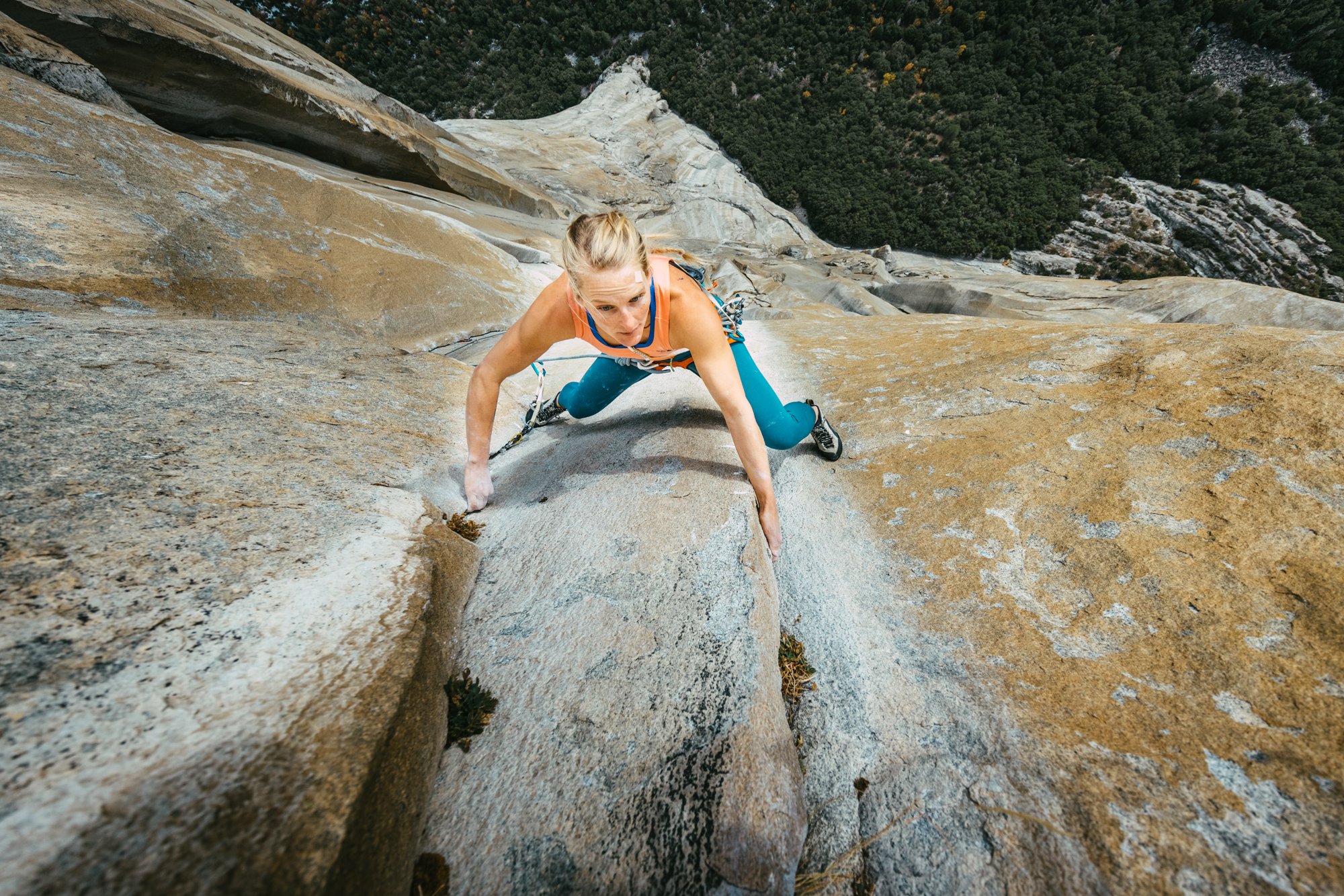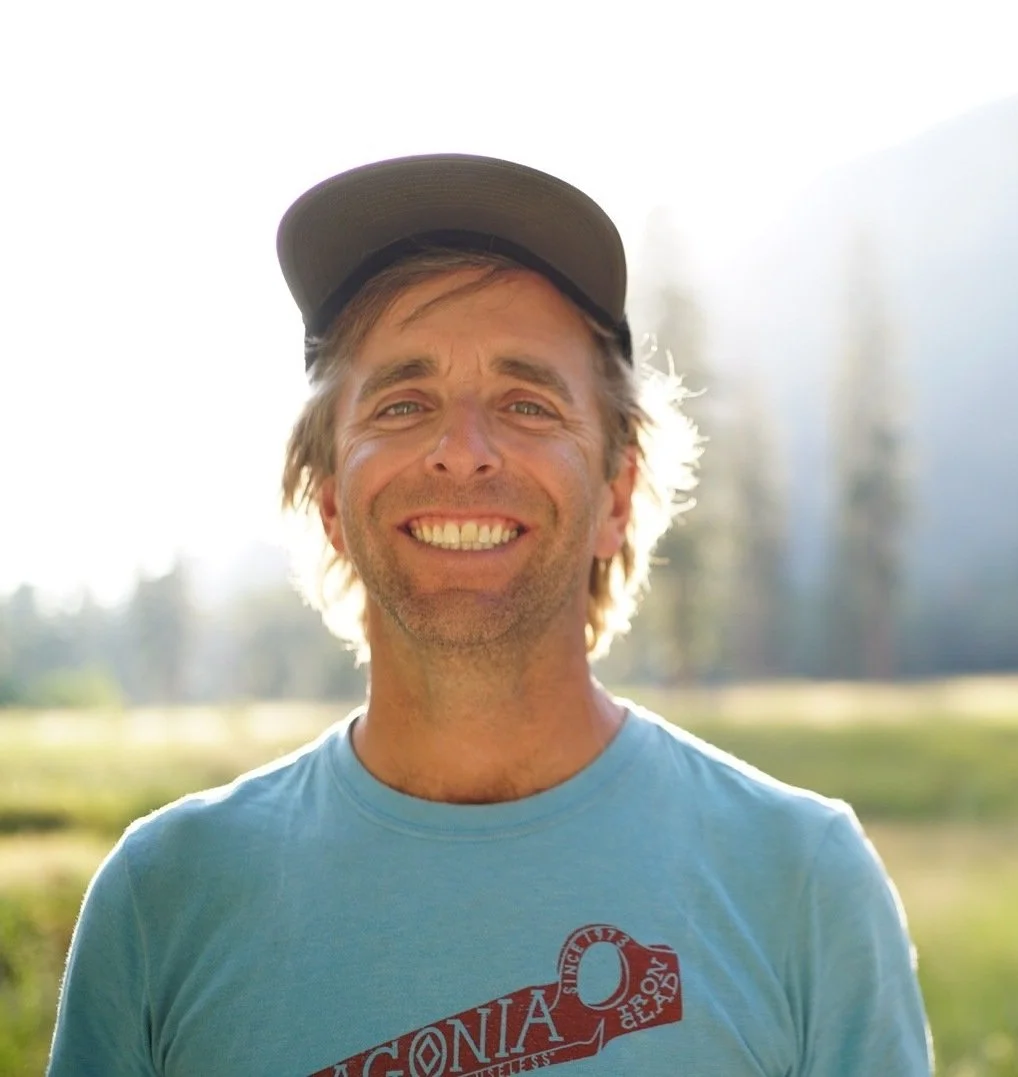
Yosemite Climber’s Credo
”Remember the rock, the other climber — climb clean.”
- Yvon Chouinard, Tom Frost, Doug Robinson - 1972
At a time when a nationwide fixed anchor prohibition in designated Wilderness is being proposed, the Yosemite Climbing Association has collaborated with leading climbers and land managers to answer the call for a grassroots voluntary consensus agreement amongst Yosemite climbers. YCA understands that how we as a community care for our public lands determines the level of regulation necessary to protect it, and thereby our future access.
We invite you to join YCA in taking the lead—Climb Clean: It’s the Yosemite Way!
Yosemite National Park is recognized globally as the center of big wall climbing and has consistently served as the proving ground for advancing climbing techniques and equipment, while pushing the limits of what is humanly possible. For climbers—drawn by its wild spirit and epic terrain, the challenge of climbing its vast granite faces or monolithic boulders, and the camaraderie of kindred innovators and adventurers—Yosemite is so much more!
As a community, how we care for the areas in which we climb has a direct impact on the level of protective regulation needed and the degree of access afforded to current and future generations of climbers.
At a time when there are pressures to impose a nationwide fixed anchor prohibition in designated Wilderness, we have the power to come together as a community and embrace a set of shared ethics and values. What was true in 1972 is still true today: “We believe the only way to ensure the climbing experience for ourselves and future generations is to preserve (1) the vertical wilderness, and (2) the adventure inherent in the experience.” (Yvon Chouinard and Tom Frost, 1972: Chouinard Equipment Catalog)
As defined by the Wilderness Act of 1964, Wilderness “in contrast with those areas where [humans] and [their] works dominate the landscape, is hereby recognized as an area where the earth and its community of life are untrammeled by [humans].” With nearly all of Yosemite National Park designated as Wilderness, any route that ascends above roughly 200 feet off the Valley floor or is located more than 200 feet from the Tioga Road in the high country falls into this highest category of protection—where climbers can experience unconfined freedom and adventure.
In collaboration with a diverse group of Yosemite climbers and with input from the Yosemite Climbing Rangers, the Yosemite Climbing Association (YCA) has developed the following community values, based on a renewed vision of the Clean Climbing Manifesto advocated by Yvon Chouinard and his colleagues in 1972, where climbers share a responsibility to show restraint in the wilderness, to respect Indigenous rights, to protect wildlife, and to be a voice against threats to the places we climb.
The intention of the Climber’s Credo is to provide the Yosemite climbing community and land managers with a powerful tool to promote Yosemite’s minimum impact climbing ethics and inspire the following critical values to protect the Park’s Wilderness and climbing culture.

Embrace the Yosemite Climber’s Credo!
Climb Clean: It’s the Yosemite Way!
Show Respect
Respect the mountains and cliffs, the cultural heritage past and present, other climbers, climbing history, and the legacy of traditional and clean climbing started here in Yosemite, seeking wisdom from the walls and peaks.
Act with Humility
Honor the sacredness of this place by recognizing that we are transitory beings. As we seek to experience adventure, we understand the importance of leaving minimal signs of our presence on the cliffs and boulders of Yosemite.
In climbing with humility, we strive to follow the model of stewardship of the land, recognizing that Wilderness provides an opportunity to experience the Earth on its own terms. Learn from being fully present and aware while in the mountains and on the walls of Yosemite—about ourselves and the Wilderness around us.
Seek Knowledge
Come to Yosemite with an open mind, humbly seeking opportunities to learn.
Read, understand, and observe Yosemite National Park’s climbing regulations, put in place to protect Yosemite’s climbing areas. Gain a deeper understanding of this place by exploring Yosemite’s natural and cultural history—from the geological origins of Yosemite Valley to the present-day practices of Indigenous people.
Talk to the community—elders and peers alike—to understand the connection between climbers and their effect on the land and each other. Visit the Yosemite Climbing Museum in Mariposa and the Yosemite Exploration Center climbing exhibit to learn how “Golden Age” climbers developed clean climbing techniques—embracing minimum impact ethics and the ground-up style of alpine climbing.
Revel in the Experience
Embrace the expansive process of moving on rock, in contrast to the confines of the gym. Climb to connect with the Yosemite landscape, flora, fauna, and rock formations, rather than climbing for commercial gain or bragging rights. Develop a relationship of reciprocity, seeking opportunities to give back as much as you receive.
Prepare to be Safe
Yosemite climbing is an adventure sport that comes with unavoidable risks. Approach it with due diligence: practice reading the terrain, consult written and oral resources, pay attention to weather, climbing techniques, and basic self-rescue for the climbing you intend to do. “Check yourself (and your partners) before you wreck yourself!” can be a matter of life and death.
Exercise Restraint
It is a privilege to be allowed to place, use, and maintain fixed anchors (e.g., bolts, pins, slings, etc.) in Wilderness. Sometimes bolts or other fixed gear might be needed as a last resort. When establishing routes, climbers should use natural protection whenever it is available. Once a bolt is placed, the nature of the experience is changed, and other climbers may no longer have the opportunity to attempt the route without it. Let’s take care to keep these walls and domes as close to their natural condition as possible so that future generations can experience the essence of Wilderness climbing.
Preserve Wilderness Character
Local ethics include accepting established routes as they are, not adding new bolts, and avoiding nailing whenever possible. Yosemite has always been a traditional climbing area with few sport climbs, which are established mostly in non-Wilderness areas close to roads and development. Let’s continue to respect that tradition. Keep it Wild by not creating new bolt ladders or convenience anchors, using motorized drills, or leaving fixed lines for prolonged periods. Respect the rock by not chipping or gluing holds—understanding the importance of preserving Yosemite’s vertical Wilderness.
Seek Adventures with Minimal Effect on Others
Strive to keep a low profile, allowing others to enjoy solitude, challenging ourselves to climb and descend routes without stashing gear, dumping gear, or leaving fixed ropes to assist our ascents. If there is a need to fix ropes, do so minimally, without impacting other climber's experiences by leaving them for prolonged periods or fixing on popular routes. Be mindful that often we aren’t alone on the mountain.
Be a Steward
Respect natural processes of change as they are—undomesticated and untamed. Embrace inconvenience over human domination by not cutting limbs, only cleaning the holds we need on routes or boulders, refraining from systematically removing vegetation, or otherwise disturbing natural flora and fauna. We are visitors to their home, and it’s our responsibility to care for them! Pack it in, pack it out. Keep it Wild!
Ask for Consent and Offer Civility
Understand: “yes” means yes and “no” means no—at the crag, on walls, when you want to pass another party, in camp, and during quiet hours. Engage in respectful dialogue when it feels safe and disengage when it doesn’t. Take it further, and extend this to the mountains, the plants, the critters, the water, and the wind by genuinely asking for permission.
Embrace Community and Inclusivity
Everyone is welcome in this place, this sport, and this community. We celebrate the diversity of the opinions, backgrounds, abilities, and experiences we each bring to it. In Yosemite, beginners are often side by side with professional climbers and first ascensionists. Recognize that everyone has an equal right to enjoy minimal impact climbing. Commit to being friendly, helpful, and courteous to all people—honoring their stories and perspectives, even when different from our own.
Honor the Heritage and Legacy of Yosemite
Every climber becomes a part of Yosemite climbing’s legacy. As we continue to have conversations around the campfire, at the boulders, in El Cap Meadow, at the Tuolumne Store, and in all our favorite climbing hangs about what it means to be a Yosemite climber, we can ask ourselves: What elements of our culture do we want to grow away from, and what elements do we want to embrace? How do we want to be remembered? How can we fulfill our intentions to be better stewards, to learn from the community, and to help preserve Yosemite’s vertical Wilderness?
Take the Lead
Commit to being a leader in the ethics we want to promote—mentor others to climb smarter, safer and cleaner; support other climbers and help them achieve their goals. Look for the chance to give back to Yosemite by volunteering in a meaningful way.
Add your name to the list of supporters committed to helping protect Yosemite’s vertical Wilderness.
As a thank you, you’ll get a one-time 15% discount from High Mountain Gear and 10% off YCA Gift Shop purchases!
What Supporters Say . . .
Support the Credo
Bumper stickers and t-shirts available to show your support of the Yosemite Climber’s Credo.
Join the Mission of Preservation
Become a member of the Yosemite Climbing Association to support our mission to preserve Yosemite climbing history: past, present, and future.










